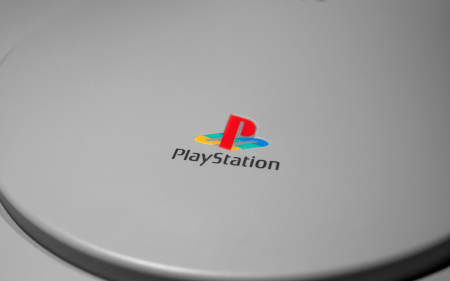What’s not to like? 5G can deliver data rates that are up to 100 times faster than 4G, yet misinformation has become a growing threat.
Fuelled by fake news, angry citizens began burning down cellular towers across Britain early in April. By mid-May, nearly 80 towers had been affected.
Information is circulating that the radio waves of 5G — the newest generation of mobile tech — can suppress the immune system, making people more susceptible to catching the coronavirus. Some claims even go so far as to suggest that the virus can be transmitted through the use of 5G technology. No solid peer-reviewed evidence can back up these claims.
So where does the link between 5G and Covid-19 originate? Both are new, so some have assumed they must be connected. But the conspiracy theories really gained traction in the months following the Covid-19 outbreak in Wuhan, China, which happens to be one of the first cities in the world to have a network of 5G towers. And more than half of the world’s fibre-optic cables are made in Wuhan.
Following the UK arson attacks (most often, targeting towers not even on the 5G network), the BBC spoke to an associate professor in cellular microbiology at the University of Reading, Simon Clarke. “The idea that 5G lowers your immune system doesn’t stand up to scrutiny,” Clarke said.
As the name suggests, 5G is the fifth generation of cellular technology. It not only increases the speed at which data is transferred but also decreases latency and lag. It can, in theory, deliver data rates that are up to 100 times faster than 4G networks. Speeds can go into the realm of gigabits per second (Gbps), which is far greater than the megabits per second (Mbps) speeds we see on 4G and even on most fibre connections in SA.
Since the first generations of mobile phones, established wireless networks have operated on the same radio-frequency bands of the electromagnetic spectrum. But as more users crowd the network and we use more data, these radio-wave highways become congested with cellular traffic. To compensate, cellular providers want to expand into the higher frequencies, which are called millimetre waves.
These millimetre waves work on frequencies between 30 and 300 gigahertz, which is far higher than the radio waves used for 4G Wi-Fi networks. The higher frequency can create new lanes on the communication highway, and it has pros and cons.
Its signal can easily be blocked by foliage and buildings and this will require many closely spaced base stations, called small cells. The stations require less power than traditional cell towers and can be placed on top of buildings, and on existing cellular towers.
It is also clear that there is no real harm to humans in establishing a 5G network in SA. The radio waves emitted by 5G are not close to strong enough to heat up a human. Most of the lower-spectrum radiation emitted by these towers aren’t focused on one point or strong enough to have any meaningful impact on the human body. The energy levels from 5G radio waves are tiny and they are nowhere near strong enough to affect the immune system.
Vodacom is rolling out 5G in SA, and will use existing infrastructure to place 5G base stations across the country. “The deployment of a 5G network requires greater access to spectrum and is a costly exercise, but it does mean the network operators can become much more efficient in using the spectrum to provide a far better data experience for its consumers,” says Cellucity director Christopher Henschel.
In early May, Vodacom switched on Africa’s first live 5G mobile network. “Vodacom’s 5G network supports both mobile and fixed wireless services and is available on 20 live sites — in Gauteng and two in Cape Town,” says Vodacom spokesperson Byron Kennedy.
He says 5G can enable a smarter and more convenient way of living, working and playing which cannot be supported by 3G and 4G networks. This includes smart homes and cities, cloud gaming and virtual reality, and the transformation of industries such as education, health care and manufacturing.
Notably, 5G will bring fibre-like speeds to people who don’t live in areas that have established physical infrastructure for fibre connections. This makes the deployment of broadband connectivity services quicker to implement, with less labour and costs for installation.
This article first appeared in Financial Mail




